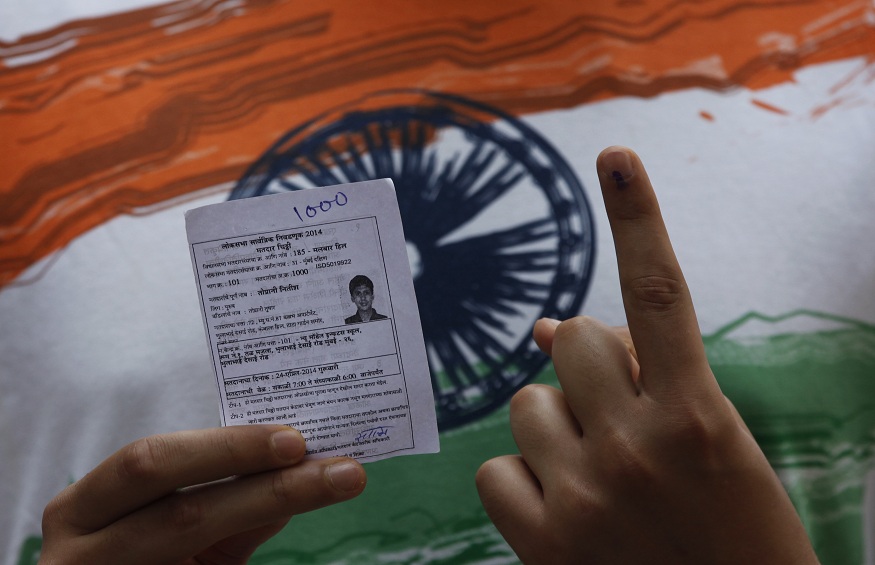Almost 90 million eligible Americans did not cast votes in the presidential elections in 2016. For democracy to operate properly and the government to offer a fair voting system, all the registered Americans need to have the opportunity to cast votes and get motivated to do that. For you to improve voter turnout and expand the voting changes for voters, you can use the practices below:
1. Attract Voters
The journey to the White House is exhausting, expensive, and long, so becoming a presidential aspirant is just the beginning of the election process. Successful aspirants need to persuade voters that they deserve individual ballots and garner the important votes of voting members in the Electoral College.
Convincing voters is important for your political campaigns, and to attract supporters, you need to show them that everyone else is voting. If voters are told that poll stations would be busy and many are planning to vote, the turnout will improve. Beyond that, you can also:
- Make people have a commitment
- Use a little bit of peer pressure
2. Send Reminders
Usually, sending reminders doesn’t necessarily imply that your voters have already forgotten to cast their votes and need to be prompted. When reminding voters, you can try a personal and targeted approach to registered voters. This way, you may strengthen the sense of responsibility to voters. When voters feel responsible and personally called upon to vote, they are likely to respond to the call.
Basically, there are affordable and simple ways of sending reminders. Instead of sending expensive postal reminders, you may consider emails and SMS.
3. Use Electoral Roll
The ladder of engagement may change non-voters into voters. Normally, the ladder is based on a high-quality electoral roll where you can meticulously collect every voter’s information. Following this, you may develop various strategies and create a voter’s typologies for different groups.
4. Practice Democracy
The November elections in America will be the most consequential and contentious in memory, though the current pandemic threatens the outcome. While coronavirus fears and social distancing policies are anticipated to decrease voter turnout, biasing results in favoring the minority of highly encouraged electorates on the far right and far left.
Democracy in the US may not survive with such a biased partisan government. Though approval voting is foundational to democracy and the important vehicle for people to have ‘one voice.’ Practicing democracy is the key to have one voice and increase turnout by:
- Paying citizens to cast votes
- Counting votes equally
- Making informed ballots
- Simplifying the voting and registration process
5. Thank Voters
Voters are one of the valuable commodities in the election. Without their commitment to your campaign, your election’s message will fizzle out and attract a low voter turnout.
When thanking your voters, you can summarize the effect that the previous election had and the aims which were attained because of their participation. Remember also to point out that there are new opportunities to shape your institution actively, and their future turnout will help you achieve that.
Final Touches!
After elections, many candidates focus on two main things; voter turnout and who actually won. A good democracy relies on voter turnout, and it’s not a surprise that legislators prefer to see higher participation and civic engagement in elections. Turnout may be complicated and challenging to measure and improve. However, with ways like thanking voters and using electoral roll, you will easily improve voter turnout.

